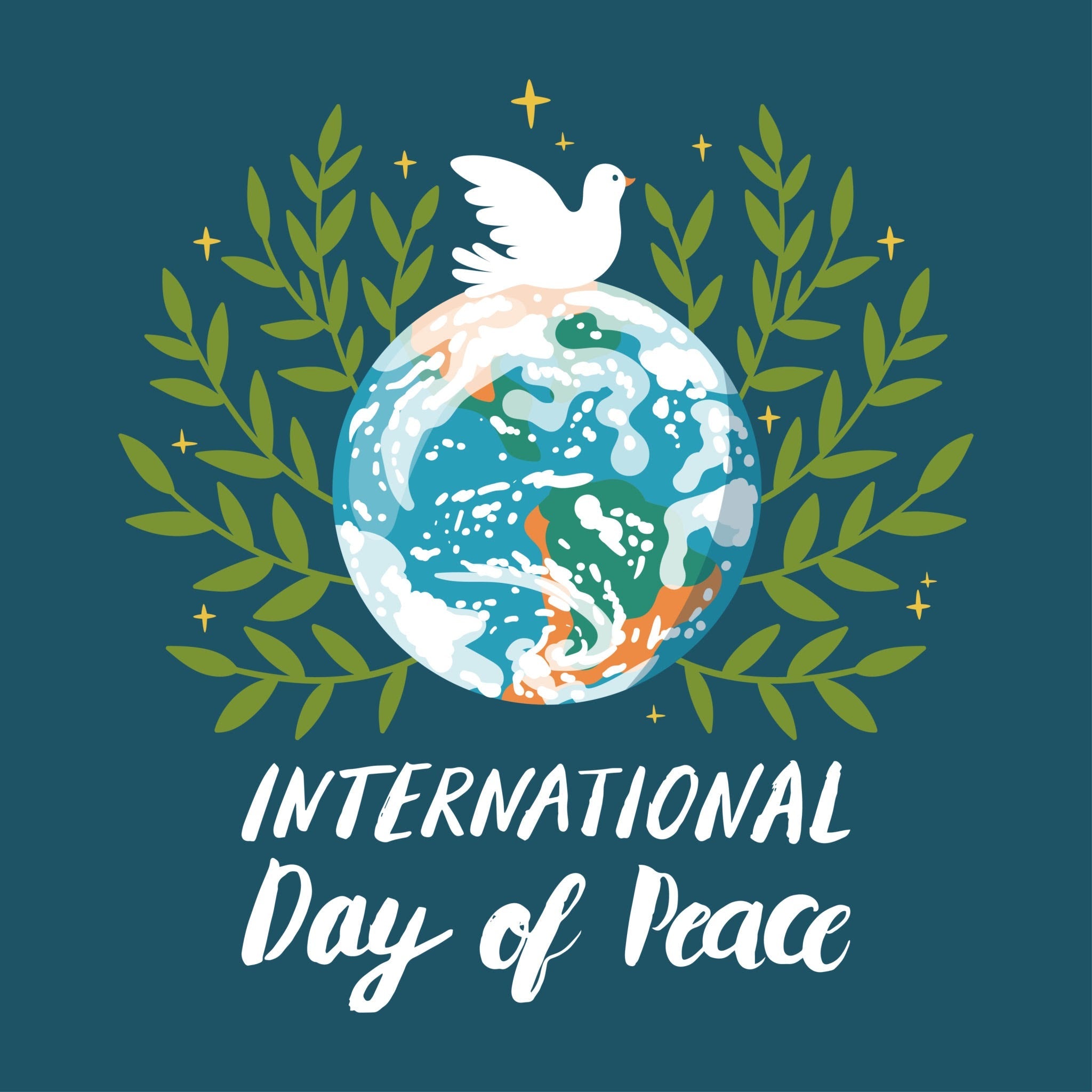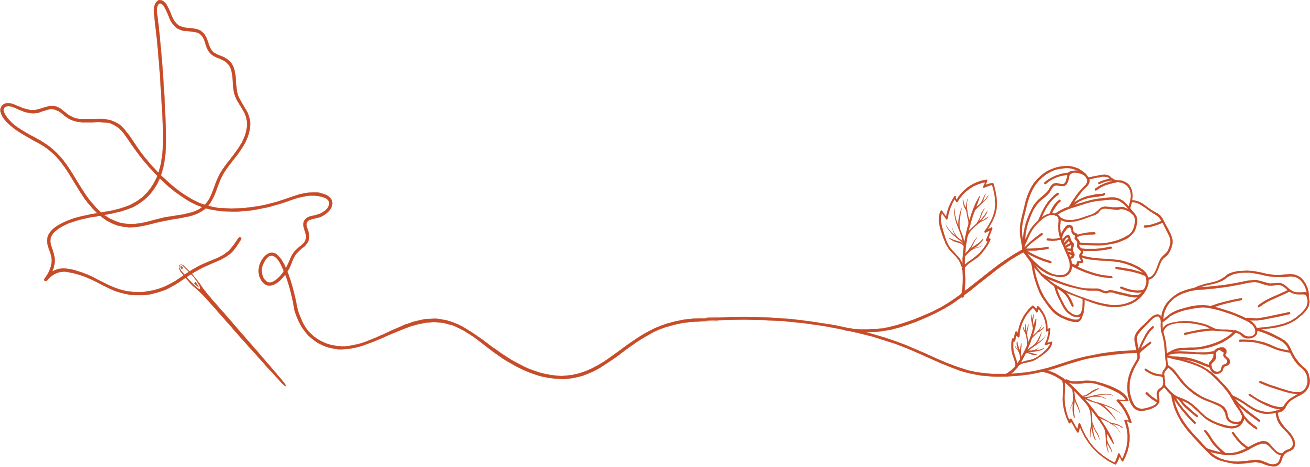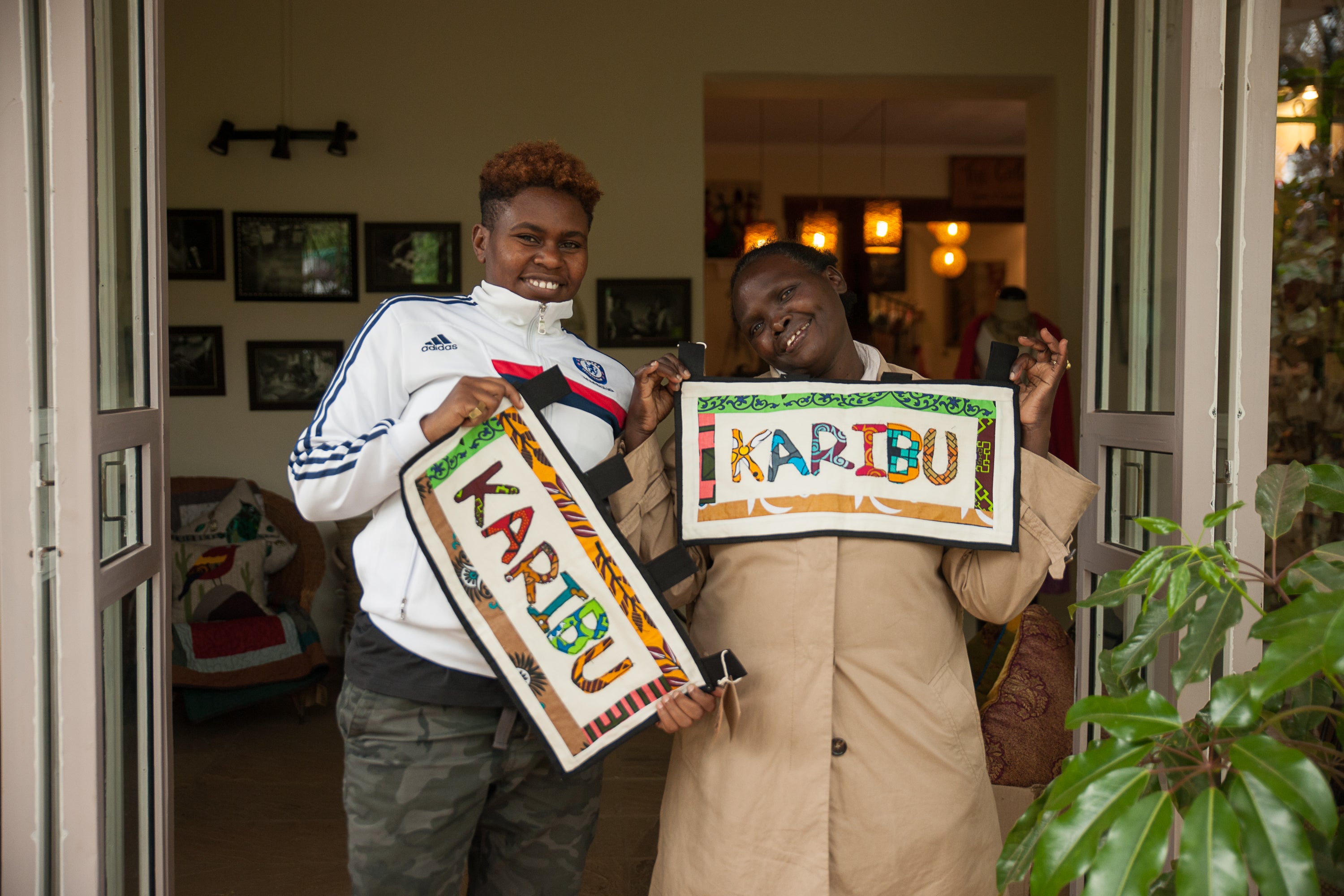Celebrating 15 Years of Amani ya Juu: Interview with founder & director Becky Chinchen
An interview with Becky Chinchen, founder and executive director of Amani ya Juu
Did you ever dream that Amani would become what it is today? I am asked this question a lot. I didn’t really plan for Amani to be where it is today, but I have discovered that when you are focused on vision and mission, and it is aligned with God’s purpose, growth takes off. Opportunities come that cannot be turned down. Who am I to deny someone peace?
What was the driving force behind the establishment of Amani? I came to Kenya as a refugee, still reeling from the pain of loss. It was then that a personal friend in Liberia named Elizabeth Sumwabe died giving birth due to lack of care available to her as a refugee. For me this was the straw that broke the camel’s back. After losing all my earthly possessions, the death of a friend was the ultimate loss. I felt helpless; a life that could have been saved was snuffed out. While I could not bring back the life of my friend, I realized that I could reach out to refugee mothers around me. Even if I was only able to help one or two, at least I would be doing something to alleviate their suffering. It was then that I put my entrepreneurial gifts and my passion for peace together to establish Amani ya Juu.
How has Amani changed over the years? A major change has been the move from working exclusively with refugee women to opening our arms to all women who are seeking hope. This has broadened our opportunities of outreach enabling us to make a global impact. There has also been a shift in our product aesthetic. In the beginning we produced whatever we thought was interesting. We were in the experimental stage so we splashed around with color and design. Some of the products ended up quite whimsical and were retired early. Others have stood the test of time and are still strong sellers, supporting the sustainability of Amani. Now, we are moving to a more quiet or understated look, while still retaining Amani’s “functional art” aesthetic. Ultimately, Amani has come of age. She has weathered many storms and proven true to her mission. Now Amani is bolder and stronger. She is no longer finding her way; she knows her purpose. Today, Amani stands as a model of holistic business and ministry.
Was there a pivotal point in Amani’s history? There are two that stand out. The first came when a volunteer asked me what my 5-year plan for Amani was. I told her that I was too busy keeping up with Amani’s growth to have a 5-year plan. She persisted with the 5-year plan question. After thinking for a moment, I replied, “To maximize the impact of peace by increasing the intake of trainees.” “What do you need to do that?” she asked. “Space and funding,” I replied. “Well, what if I look for it?,” she asked. End of story! Today the Amani Kenya family enjoys working in a beautiful three-story facility called the Pamoja House. Pamoja means “together” in Kiswahili. This bold step showed us that we could dream big for Amani, and that God would guide and provide for these dreams. The second pivotal moment was when I moved out of management at the Amani Kenya center. Up to three and a half years ago I was hands on in managing the affairs of Amani. It would have been noble of me just to know when it was time to let go of management, but God probably knew that that would never happen. Instead, God led my husband and I back to Liberia to rebuild the university campus where we had worked before fleeing Liberia in the 1990’s. This turn of events changed my life and Amani’s future forever. My move freed me to think and plan outside of the four walls of Amani. Although it was not my plan upon arriving in Liberia, we are now establishing an Amani center there to meet the needs of women in rural Yekepa. This transition also made way for local professional leadership to take the helm at Amani Kenya, enabling sustainable growth. Today Amani is poised to grow to higher levels of operation. 
In the midst of all the changes, has Amani been able to retain her mission over the years? The culture of Amani has stayed intact through the years. Amani is still a place where women can belong and feel safe. I remember one lady telling me in the early years, “When I come to Amani, I don’t feel like I am going to work; I feel like I am coming home.” Women are still saying that today. Amani has been able to retain her mission over the years because the peace and love shared is real. When God’s peace transforms your life, it becomes contagious. You can’t help but pass it on to others.
Where do you think Amani will go next? Wherever peace needs to go. Currently we are establishing a center in Liberia, a country that was literally torn apart by 14 years of civil conflict. Liberians are still getting over the effects of war. They are in need of a place like Amani where people can both find healing and be empowered economically. There are also possibilities for growth elsewhere. The US Country Director, based in Washington DC, would like to see Amani boutiques spring up in other cities of the US. More US Amani boutiques translates to a wider market. This then means more Amani centers on the continent of Africa are needed, leading to the rippling effect of peace. An Amani graduate from Uganda named Simprosa is taking Amani back to her home country where she plans to work with women who were abducted and enslaved by a rebel group. The message of hope and purpose through Christ’s peace can transform the lives of these abused women. Simprosa has been training on sample products at the Amani Kenya center and will soon return to Gulu, Uganda with her training and vision.
What are you doing to ensure Amani’s longevity? It takes a team to grow and drive Amani. Amani is where she is today because of the efforts of gifted and passionate women who love the mission of peace. Every woman who comes to Amani -- whether she is a trainee, a volunteer, or an employee -- goes away changed by her experience. When people give wholeheartedly of their gifts and talents while receiving peace and friendship, they become deeply invested in Amani and in the message of peace. A movement that is driven by transformed lives cannot be stopped. Amani is here to stay. Practically speaking, we have always welcomed talent, service and leadership from all generations. Since the younger generation is the future, it’s important to give young leaders opportunities to learn, grow, and lead within the organization. We have smart, forward-thinking, Christ-focused, young leaders sprinkled throughout the organization. They provide energy, creativity, and strategic planning for future growth as they learn and own lessons of peace and community. It is this leadership that holds promise for Amani’s future.
Can you trace one woman’s story over the course of the 15 years of Amani’s existence? I think of Sarah from Uganda. She came to Amani early in the program. What I remember about her is how shy she was and how easily she cried. She was a refugee from Uganda. She was young and had a daughter who was about 5 years old. Shortly after arriving in Kenya, her husband left her to further his studies in the UK, never to return again. So here was Sarah, a refugee in a foreign country with a young child, left to fend for herself. She came to Amani scared and fearful, not knowing if she could ever trust again. Sarah’s dream upon entering the program was to learn how to cut patterns so that she could one day design and stitch women’s clothing. Because we were not making clothing at that time, Sarah made dolls to bring in an income. Sarah is a great seamstress, so her dolls were beautiful. Amani has sold thousands of them over the years, enabling Sarah to support herself and her daughter. After Sarah completed her training she became a leader in production. She still didn’t have a lot of confidence in herself, but she was willing to try out a new role in leadership. Sarah was organized and fair in her dealings with the women. Everyone loved and respected her. Sarah proved to be such a good leader that she was spotted by a frequent customer in the shop. This customer had a sewing program for ladies in the slums on the outskirts of Nairobi. She could see Sarah had potential and offered her a job. Sarah accepted and is still working with the women of Kabiria today. Sarah visits Amani periodically and gives testimony of how lives are being transformed. She thanks Amani over and over again for believing in her and giving her the training to do what she is doing today. For Sarah there are no more tears. Today she is a strong woman, one who stands tall and confident of her purpose in life. 
Do you have any concluding thoughts? God put me in a war zone to see the need to take His higher peace, Amani ya Juu, into communities void of peace. The interesting thing is that this peace ended up changing me. The power of God’s peace, and the hope and purpose that follow, continue to amaze me.







Leave a comment
This site is protected by hCaptcha and the hCaptcha Privacy Policy and Terms of Service apply.